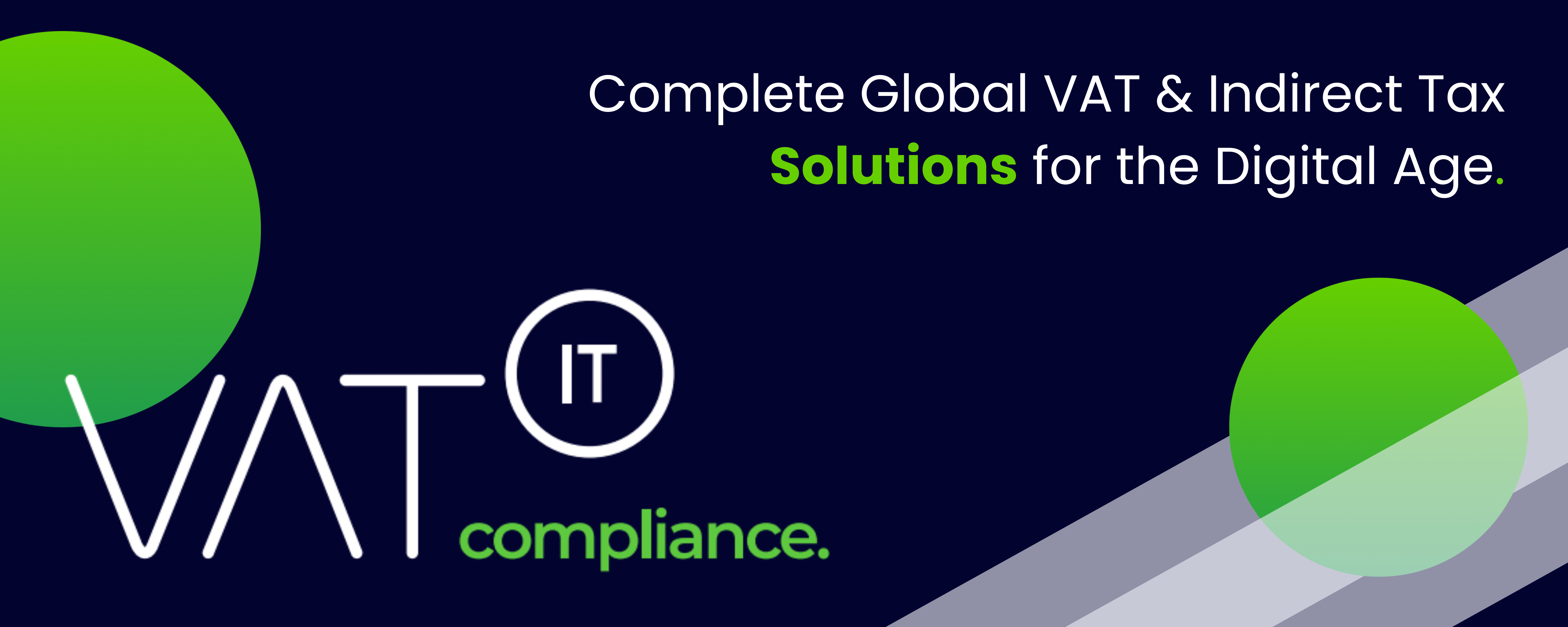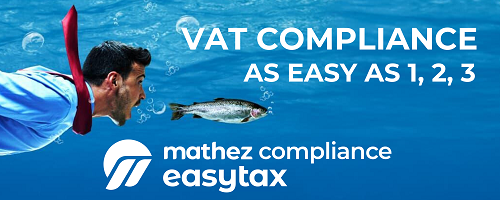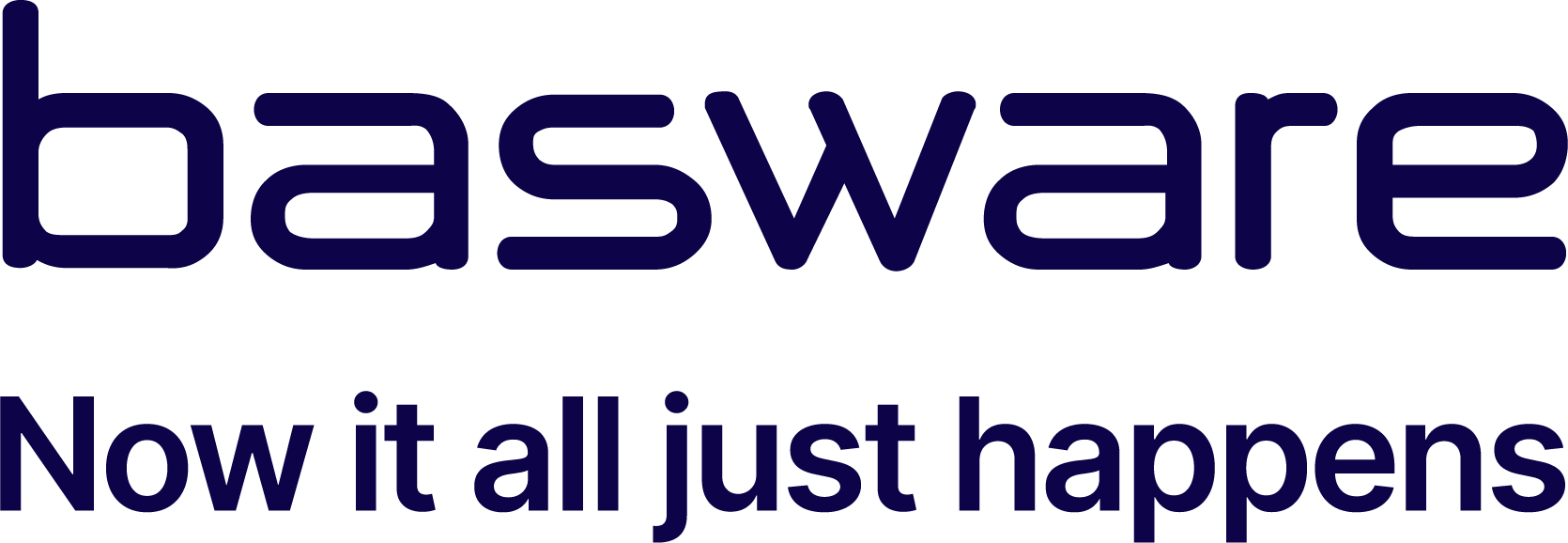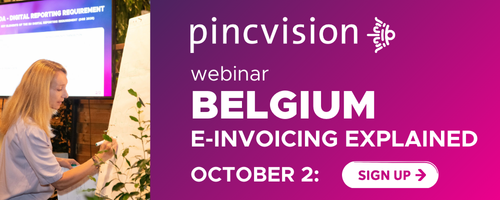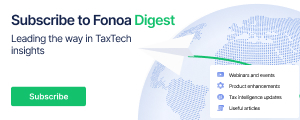In today’s global crackdown on VAT fraud and inaccurate tax collection, invoice clearance methods are becoming more and more of a hot topic. Tax authorities are working hard to ensure invoices are valid and compliant, meeting specific structure and data input requirements, before they are sent to the buyer. Effective approaches to invoice clearance can help with all of these factors.
But what exactly is invoice clearance and what’s the difference between centralised and decentralised models? Read on to find out more.
Source Tungsten
Latest Posts in "World"
- 2026 OECD Global Forum on VAT: Addressing Digital Economy, Crypto-Assets, AI, and Compliance Challenges
- Enhancing VAT Compliance: The Impact and Benefits of Voluntary Disclosure Agreements (VDA)
- E-Invoicing & E-Reporting developments in the news in week 39/2025
- Transfer Pricing Adjustments: Implications for VAT and Customs
- White Paper: The global shift to eInvoicing




